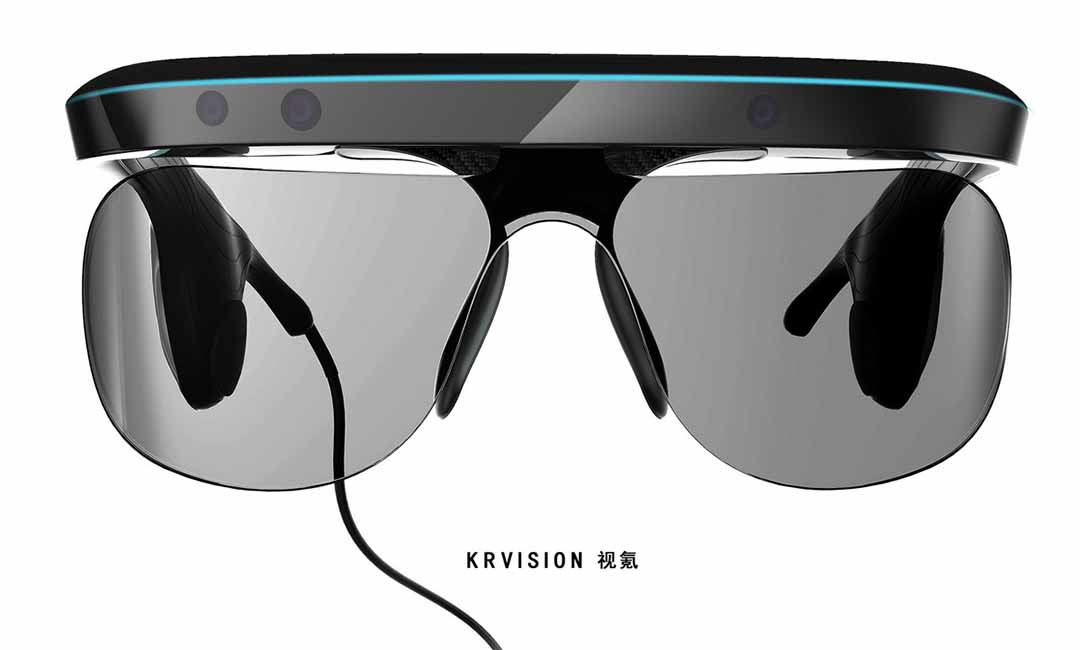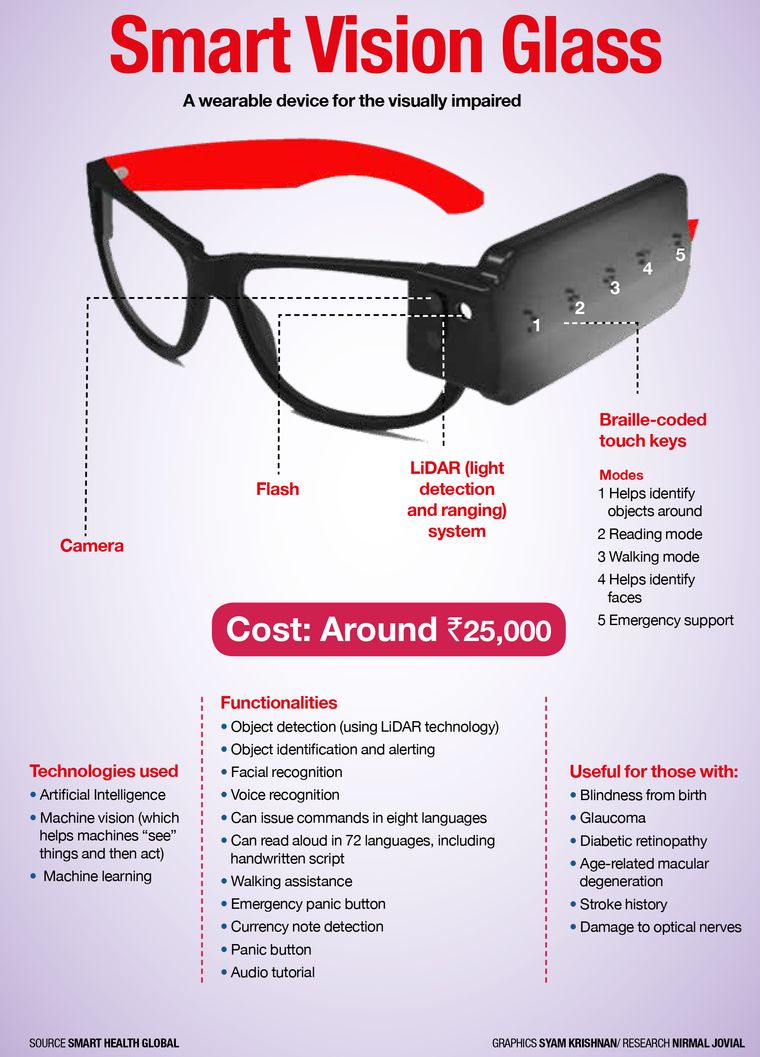Discover Advanced Assistive Tools for People With Aesthetic Disabilities
The landscape of assistive technology for people with visual problems is developing swiftly, providing an array of innovative tools that improve freedom and engagement (Braille displays and notetakers). From wise glasses that perfectly combine aesthetic input with auditory support to advanced navigation applications that redefine spatial recognition, these tools are reshaping opportunities. The latest developments in Braille modern technology and voice-activated systems significantly contribute to availability. Nonetheless, the implications of these developments prolong much past plain functionality; they challenge conventional perceptions of handicap and self-reliance. What might this mean for the future of inclusion and assistance?
Smart Glasses Innovations
Smart glasses stand for a significant improvement in assistive modern technology for individuals with visual problems. Equipped with sensing units and cameras, wise glasses can catch real-time aesthetic information, which is then processed and shared to the customer through audio comments or haptic experiences.
Moreover, improvements in expert system have actually better improved the abilities of wise glasses. Artificial intelligence algorithms can recognize faces, read message, and recognize things, making them important tools for day-to-day jobs. Customers can receive acoustic signs that provide context about their environment, fostering independence and confidence.
Additionally, the ergonomic design and lightweight nature of numerous smart glasses make them suitable for prolonged use, guaranteeing comfort while enhancing functionality. As these devices remain to evolve, they hold the possible to change the means people with visual impairments experience their day-to-days live, bridging the void in between availability and innovation. The continuous r & d in this area guarantee to increase the possibilities for clever glasses, making them a crucial element of modern-day assistive gadgets.
Navigation Application and Equipment
Various navigation applications and tools have become vital sources for individuals with aesthetic impairments, considerably improving their capacity to pass through unfamiliar settings. These innovations leverage general practitioner performance, audio cues, and real-time information to offer customers with accurate navigating help.
One prominent instance is the Aira app, which attaches users to experienced agents that can provide aesthetic descriptions of surroundings and navigating support via an online video clip feed. This service boosts the individual's spatial recognition and confidence while browsing. An additional noteworthy device is Seeing Eye GPS, which offers voice-guided navigating and sights, allowing customers to access essential information regarding their environments.

As technology remains to development, the growth of extra sophisticated navigation devices assures to more equip people with aesthetic problems, assisting in seamless movement and assimilation right into varied settings. Such advancements contribute in promoting an extra inclusive culture.
Braille Modern Technology Innovations
In current years, advancements in Braille modern technology have substantially changed how individuals with aesthetic impairments accessibility details and engage with the world around them. The development of portable Braille screens has actually revolutionized reading by enabling customers to connect wirelessly to computer systems, tablet computers, and mobile phones. These gadgets convert message into Braille in real-time, allowing seamless communication with electronic content.
Moreover, ingenious Braille printers have actually emerged, boosting the manufacturing of responsive products. Modern embossers are faster and a lot more efficient, permitting the rapid production of Braille records and academic materials. This efficiency minimizes the moment and cost connected with creating Braille sources, making them a lot more accessible to schools and companies.
Furthermore, the combination of Braille with various other modern technologies, such as fabricated intelligence and artificial intelligence, has actually opened up brand-new opportunities for customized knowing experiences. Voice acknowledgment and synthesis technologies can complement Braille, providing an inclusive approach to details dissemination.
As the need for comprehensive education and office environments grows, these technological improvements play a crucial role in equipping people with aesthetic disabilities, ensuring they have equivalent access to details and chances in numerous aspects of life.
Wearable Gadgets for Independence
An expanding selection of wearable devices is enhancing self-reliance for individuals with visual impairments, providing innovative solutions that improve navigating and daily living. Braille displays and notetakers. These tools utilize sophisticated technologies to give real-time responses and support, promoting freedom in numerous settings

Wearable modern technology additionally includes smartwatches that can be set with access attributes, enabling individuals to get notifications, track their locations, and even require support with the touch of a switch. Some devices incorporate synthetic intelligence to assess the setting, offering sound descriptions of neighboring things or individuals.
Voice-Activated Assistive Solutions
Leveraging voice-activated assistive services blog here has transformed the click this link landscape of assistance for individuals with visual problems, supplying hands-free communication and access to a selection of jobs. These innovations utilize all-natural language handling and expert system to enable customers to carry out everyday tasks with simple voice commands.

Furthermore, current advancements in voice recognition precision have actually improved the individual experience dramatically, accommodating diverse accents and speech patterns. This inclusivity makes certain that even more individuals can take advantage of these innovations, cultivating a greater sense of freedom.
Verdict
Finally, the advancement of sophisticated assistive gadgets dramatically enhances the independence and high quality of life for people with aesthetic problems. Technologies such as smart glasses, navigation apps, Braille technology, wearable gadgets, and voice-activated options jointly promote an even more comprehensive atmosphere. These innovations encourage customers to browse their environments with self-confidence and involve even more totally with the globe, inevitably advertising better access and level playing fields for people encountering aesthetic obstacles.
The landscape of assistive innovation for people with aesthetic disabilities is progressing quickly, providing an array of cutting-edge devices that enhance freedom and interaction.Smart glasses represent a significant innovation in assistive innovation for people with visual impairments. As these tools proceed to evolve, they hold the possible to reinvent the way people with aesthetic disabilities experience their everyday lives, bridging the void between availability and innovation.In recent eye floaters years, improvements in Braille innovation have dramatically transformed exactly how individuals with aesthetic disabilities access info and engage with the world around them. These innovations encourage customers to browse their environments with self-confidence and involve even more totally with the globe, inevitably promoting greater accessibility and equivalent possibilities for people facing visual difficulties.